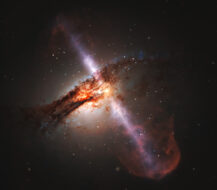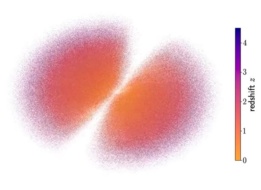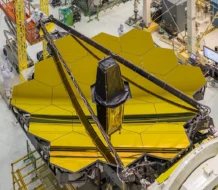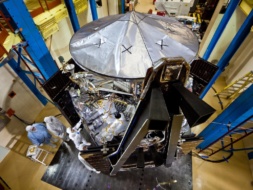Everyone’s favorite roiling, sulfuric hellscape just got a little more interesting. For the first time, scientists have identified active volcanism on Venus.
Cutting through the clouds
Venus doesn’t make studying it easy for scientists. Its clouds are dense and shiny, making telescope observations from afar very difficult, and the incredible heat and pressure of the atmosphere beneath those clouds have destroyed every lander we’ve ever sent there within minutes.
Right now, there’s only one active orbiter—JAXA’s Akatsuki—around Venus. Before that, ESA operated the Venus Express orbiter between 2005 and 2014, and NASA had Magellan, a synthetic aperture radar (SAR) imaging craft that orbited the planet between 1990 and 1994. In the last few decades, that’s about it for dedicated Venus missions.
A new volcanic view
Though few and far between, missions to Venus have yielded valuable information about the planet’s mysterious surface structure. In a study from astronomers Robert Herrick and Scott Hensley published yesterday in Science, researchers reviewed SAR images taken by the Magellan spacecraft three decades ago and identified a huge volcanic eruption.
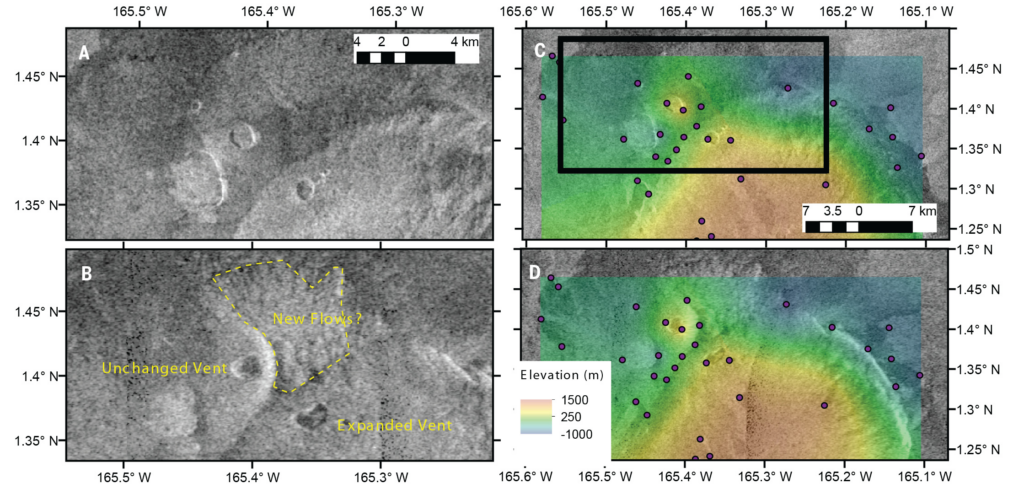
The researchers combed through images and found a pair taken eight months apart. In the first image, two volcanic vents are visible. In the second, one of the two vents is double its original size, and there is evidence of new lava flows.
This is the first time scientists have been able to identify active volcanism on Venus. It’s likely, the researchers said, that we could find much more volcanic activity across the planet if only we had the tools to look for it.
Trouble in paradise: In recent years, planetary scientists have pushed for NASA to prioritize missions to Venus and attempt to uncover more details about its surface.
The agency was planning to launch the Venus Emissivity, Radio science, InSAR, Topography, And Spectroscopy (VERITAS) mission in 2028. It recently pulled funding from VERITAS and delayed it three years due to cost overruns on the unrelated Psyche asteroid probe mission, which missed a launch window last year.

